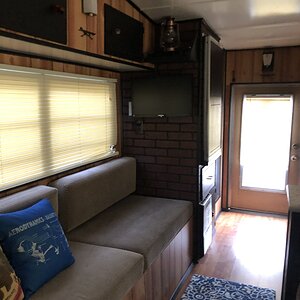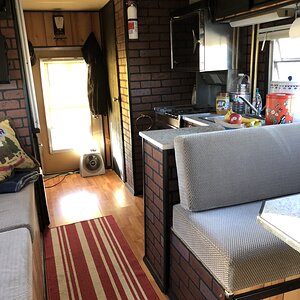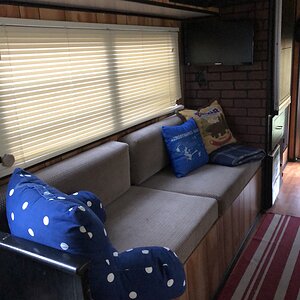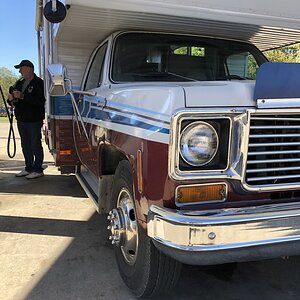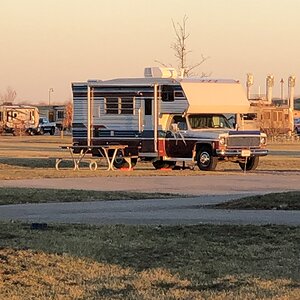turbopilot
RVF VIP
I get it. It is hard to leave a place you have been for so long.I'm not just going to uproot my entire family and livelihood because of some whacked out liberal politician though. Praying for change!
We just moved from California to Prescott, AZ. Prescott is a big California refugee camp. Unbelievable what is going on here. Yavapai County could not be more red. We live North of Prescott in an area where most houses have RV garages in gated communities. Everything is on sale here in Arizona. Electricity is less the 1/3 the cost in California, real estate taxes 50% of California and income tax with a very, very low marginal rate. When you add it all up, for most people, a move from California to Arizona, net of taxes and high costs basically gives you a free, very nice house to live in.
Weather seems to be the biggest magnet holding people in California but we have found Prescott at 5,000 msl to be a very comfortable year around climate. Come take a look. But don't tell anyone else.




